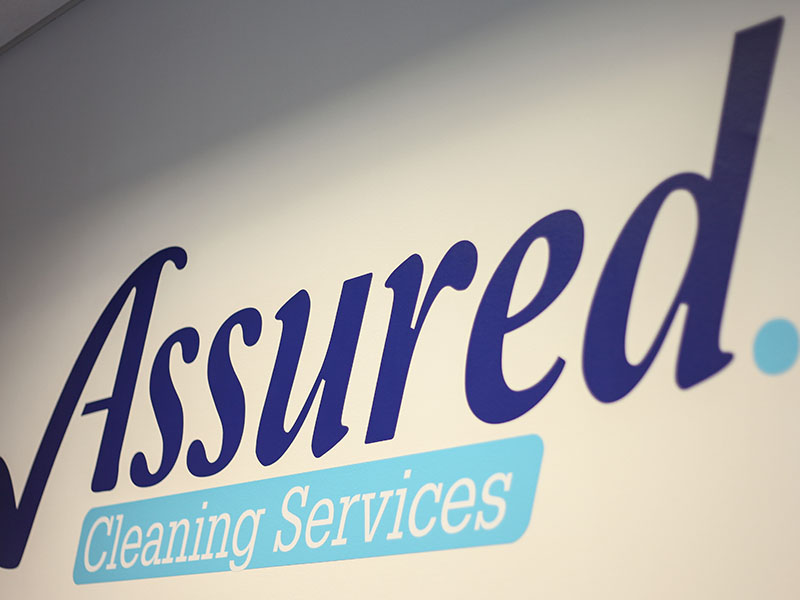Communal areas are shared by multiple people, making them hotspots for germs and bacteria. Regular cleaning of these areas is crucial to prevent the spread of infections and ensure the safety of everyone who uses them. However, cleaning communal areas requires more than just wiping surfaces with a disinfectant. It requires careful planning, attention to detail, and adherence to safety guidelines. In this blog post, we will discuss three important considerations for cleaning communal areas.
Frequency of cleaning
The frequency of cleaning communal areas depends on the amount of foot traffic and usage they receive. For instance, high-traffic areas like reception areas, lifts, and staircases require daily cleaning to maintain their cleanliness. On the other hand, low-traffic areas like storage rooms or meeting rooms may require weekly or bi-weekly cleaning. In addition to regular cleaning, communal areas may require deep cleaning periodically. Deep cleaning involves a more thorough approach to cleaning and disinfecting surfaces, including those that are hard to reach or out of sight. Deep cleaning should be done at least once a month, or more frequently if there are specific concerns, such as an outbreak of an illness.Safety considerations
Cleaning communal areas can be hazardous, especially when using cleaning chemicals or equipment. Therefore, it is important to take safety precautions to protect the health of the cleaning staff and the users of the communal areas. Safety considerations may include:- Providing personal protective equipment (PPE) such as gloves, masks, and goggles
- Properly ventilating the area to prevent the build-up of fumes or dust
- Using cleaning chemicals according to the manufacturer's instructions, and storing them safely
- Using A-Frame safety signs or barriers to alert users that cleaning is in progress
- Training cleaning staff on how to use equipment and chemicals safely


